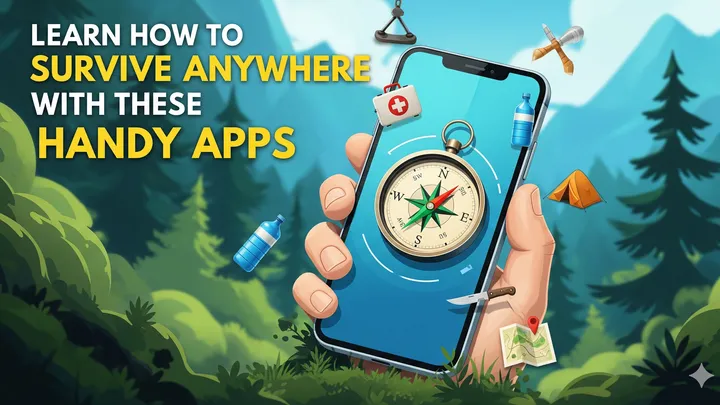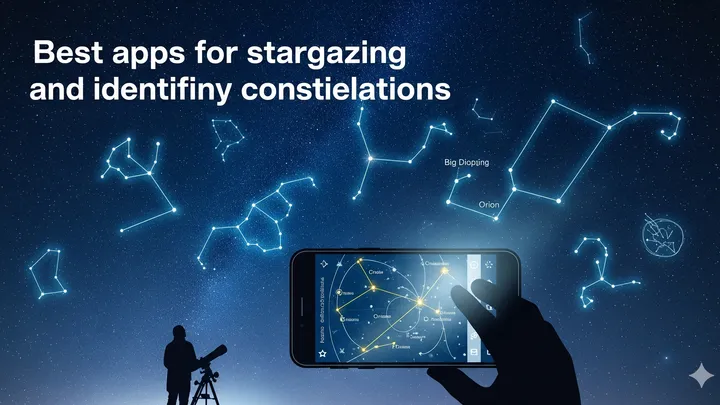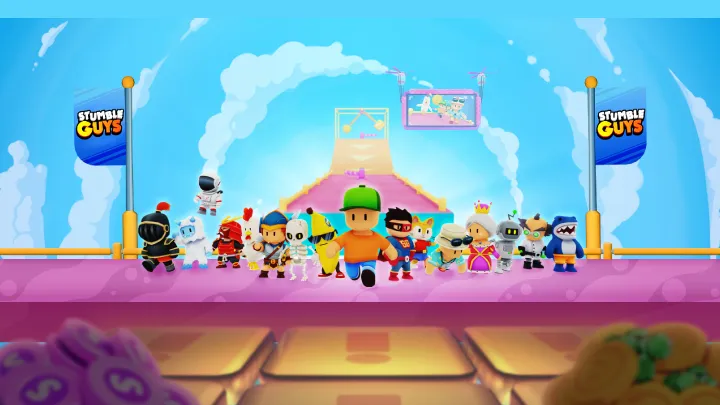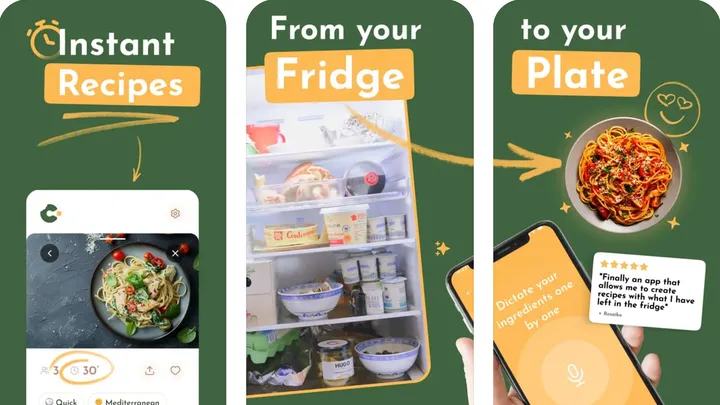Introduction
“Grow a Garden” is not just a casual simulation—it’s an immersive gardening journey that blends creativity, strategy, and patience. Whether you’re cultivating vegetables, growing exotic flowers, or designing an ornamental paradise, the game encourages players to balance planning with hands-on care.
But gardening, even virtually, is never just about planting and waiting. Success requires careful resource management, environmental awareness, and smart design choices. This guide will give you the knowledge to grow healthier plants, unlock new gardening tools, manage resources, and design a dream garden that thrives season after season.
1. Getting Started: Understanding the Basics
When you first begin “Grow a Garden,” it’s easy to feel overwhelmed by the number of seeds, tools, and mechanics. However, the game is designed to gradually ease players into gardening principles.
Start by familiarizing yourself with your starter plot. This small space is where you’ll learn how soil quality, sunlight, and watering affect plant health. Take time to experiment with different seeds—herbs and lettuce grow quickly, while flowers may take longer.
Equally important is learning tool usage. The watering can, spade, and fertilizer system each have specific functions. Rushing through without mastering the basics often leads to weak or failed crops, so slow down and experiment early.
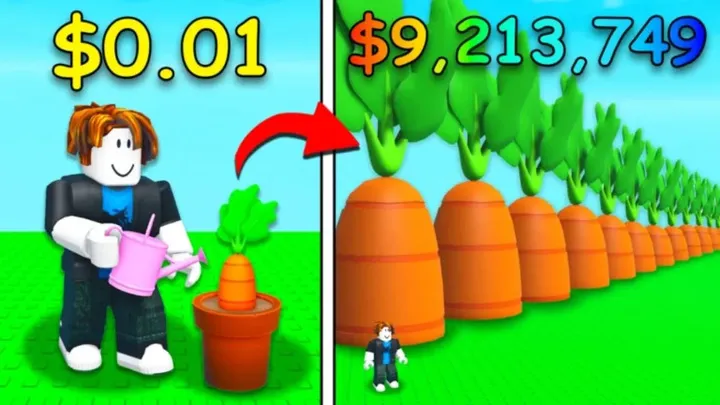
2. Choosing the Right Seeds and Crops
One of the first big decisions in the game is selecting which seeds to plant. Each crop has unique growth cycles, soil requirements, and rewards.
Fast-growing crops like radishes and spinach are ideal for beginners since they provide quick returns and experience. More advanced players may want to invest in fruit trees or ornamental plants, which take longer but yield higher rewards.
Diversity is key. Don’t just fill your garden with one crop type. Planting a mixture ensures that while some plants are maturing, others are ready to harvest, keeping your progress steady.
3. Soil Quality and Fertilization
Plants won’t thrive without healthy soil, and “Grow a Garden” makes soil management a core mechanic.
Soil quality affects growth speed, resistance to disease, and yield size. Use fertilizers wisely to enhance soil fertility, but avoid overusing them. Some fertilizers work better for vegetables, while others boost flowers or trees.
Consider crop rotation in your garden design. Planting the same crop repeatedly in one patch can reduce soil quality over time. Rotating crops keeps the soil balanced and prevents resource depletion.
4. Watering and Weather Management
Water is life, and in “Grow a Garden,” your plants will remind you of this daily. But watering isn’t just about frequency—it’s about balance.
Overwatering can drown roots, while underwatering stunts growth. Pay attention to the soil moisture meter. Some plants, like succulents, need less water, while thirsty crops like tomatoes require more.
The game’s weather system adds complexity. Rainy days reduce your need to water, while hot sunny streaks mean you’ll need to check on plants more often. Adaptation is crucial.
5. Pest Control and Plant Health
Just like real gardening, your plants in “Grow a Garden” are vulnerable to pests and diseases. Learning how to protect them is essential.
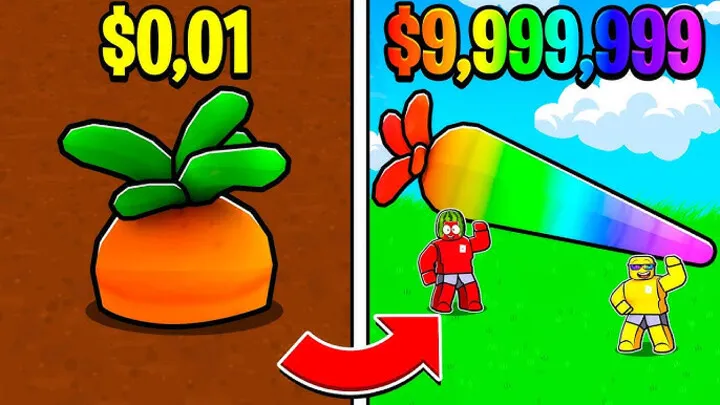
Use natural repellents or in-game pest control sprays to defend your crops. Some pests target vegetables, while others prefer flowers. Identifying the threat early saves time and prevents large-scale losses.
Preventive care is always better than reaction. Diversifying crops, spacing plants correctly, and maintaining soil health reduce the chances of infestations.
6. Garden Design and Aesthetics
Beyond survival, part of the fun in “Grow a Garden” lies in designing a visually appealing space. A well-planned garden isn’t just efficient—it’s beautiful.
Experiment with layouts. Plant taller crops like sunflowers at the back, medium plants in the middle, and small herbs near pathways. This ensures visibility and balance.
Add decorative items such as fountains, benches, and pathways. While they may not directly affect plant growth, aesthetics boost your satisfaction score and unlock design-based achievements.
7. Unlocking Tools and Upgrades
Progression in “Grow a Garden” is tied to unlocking better tools. Early on, your basic watering can and spade are enough, but as your garden expands, efficiency matters.
Upgrades like the automatic sprinkler system save time, while advanced fertilizers boost yields. A better spade allows faster soil preparation and reduces energy consumption.
Always balance upgrades with expansion. Don’t rush to buy everything at once. Instead, prioritize tools that solve immediate challenges in your current stage.
8. Seasonal Cycles and Long-Term Planning
Unlike some casual farming games, “Grow a Garden” introduces seasonal cycles that affect plant growth.
Certain crops thrive only in spring or summer, while others flourish in autumn or winter. Planning ahead ensures you always have something in bloom or ready for harvest.
Use greenhouses to bypass seasonal restrictions. Although costly, they allow you to grow off-season plants year-round, keeping your garden diverse and productive.
9. Community Features and Sharing
“Grow a Garden” encourages community interaction through shared gardens, trading, and online competitions.
You can visit friends’ gardens for inspiration or trade rare seeds and items. This feature not only helps you acquire hard-to-find plants but also motivates creativity.
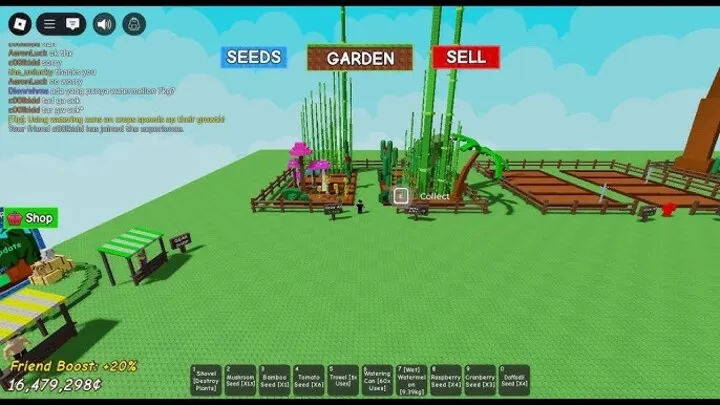
Competitions, such as “Best Seasonal Garden” or “Most Productive Farm,” reward participation with unique seeds, decorations, or rare upgrades. Engaging with the community accelerates your growth journey.
10. Advanced Strategies for Expert Gardeners
Once you’ve mastered the basics, it’s time to focus on efficiency and mastery.
- Companion Planting: Place crops that benefit each other together. For example, basil near tomatoes improves yield.
- Energy Management: Balance tasks daily to avoid burnout. Focus on watering in the morning, harvesting midday, and designing in the evening.
- Hybrid Plants: Unlock hybridization by cross-breeding crops. Hybrids often yield rare flowers or higher-value produce.
These advanced strategies separate casual players from master gardeners, ensuring your virtual paradise thrives long-term.
Conclusion
“Grow a Garden” combines patience, planning, and creativity into a rewarding experience. By learning the basics, mastering soil and water management, protecting plants, and designing aesthetically pleasing layouts, you create more than just a virtual farm—you build a thriving ecosystem. With seasonal planning, community interaction, and advanced strategies, your garden will flourish into a unique masterpiece.








